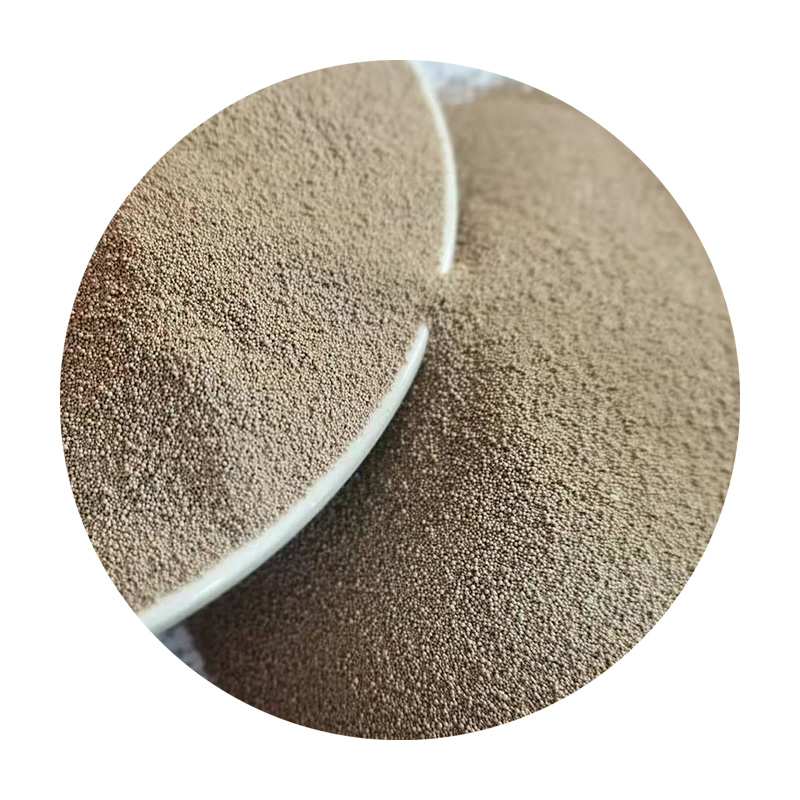The Rise of 3D Printed Sand Revolutionizing Construction and Design
In recent years, the world of construction and design has witnessed a remarkable transformation, thanks to the advent of 3D printing technology. Among the myriad innovations in this field, 3D printed sand has emerged as a particularly revolutionary concept, combining creativity with practicality. This technology not only redefines how structures are constructed but also presents a more sustainable approach to building materials.
The Rise of 3D Printed Sand Revolutionizing Construction and Design
The process of 3D printing with sand involves a few key techniques, such as binder jetting and selective laser sintering (SLS). In binder jetting, a binding agent is selectively deposited onto layers of sand, solidifying them into the desired shape. This method allows for complex designs that would be challenging or impossible to achieve with conventional techniques. Meanwhile, SLS employs a laser to fuse sand particles together, creating durable objects layer by layer. Both techniques showcase the versatility and adaptability of sand as a construction material.
3d printed sand

One of the most exciting aspects of 3D printed sand is its potential applications in architecture and art. Architects and designers are increasingly experimenting with intricate and organic forms, made possible by the flexibility of 3D printing. For example, structures that mimic natural patterns or shapes can be easily fashioned with sand-based materials, resulting in aesthetically compelling designs that resonate with the surrounding environment. From innovative housing solutions to eye-catching public installations, 3D printed sand opens a new realm of possibilities in the creative sector.
Additionally, the architectural community is exploring how 3D printed sand can address housing shortages and support sustainable practices. The technology allows for rapid construction, which can help meet urgent housing needs in areas facing crises or natural disasters. Furthermore, 3D printed sand structures can be designed to optimize their thermal properties, improving energy efficiency and comfort for inhabitants. This approach aligns perfectly with the growing demand for eco-friendly building practices, making it an attractive solution for modern construction challenges.
As with any emerging technology, there are challenges to consider. The durability and long-term viability of 3D printed sand structures compared to traditional materials is an area requiring further research. Additionally, establishing standards and codes for 3D printed constructions is essential to ensure safety and reliability in the built environment. However, as advancements in technology and materials science continue, many of these challenges may soon be addressed.
In conclusion, 3D printed sand is a groundbreaking technology that holds immense promise for the future of construction and design. By leveraging local resources and minimizing waste, this method not only promotes sustainability but also encourages creative exploration in architectural design. The ability to produce intricate forms and expedite construction timelines presents a unique opportunity to reshape our built environment in a way that is both innovative and responsible. As we move forward, the potential of 3D printed sand invites us to rethink our approaches to building, opening doors to a future where sustainability and creativity go hand-in-hand.
Post time:Dis . 04, 2024 20:09
Next:Exploring the Unique Features of Super Sand G2 for Enhanced Performance
